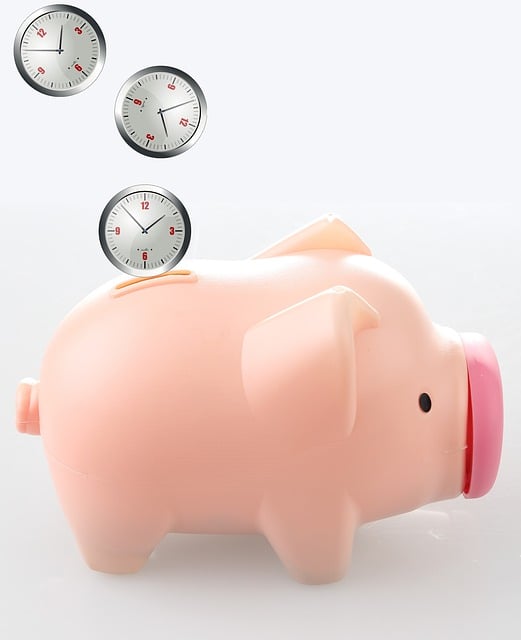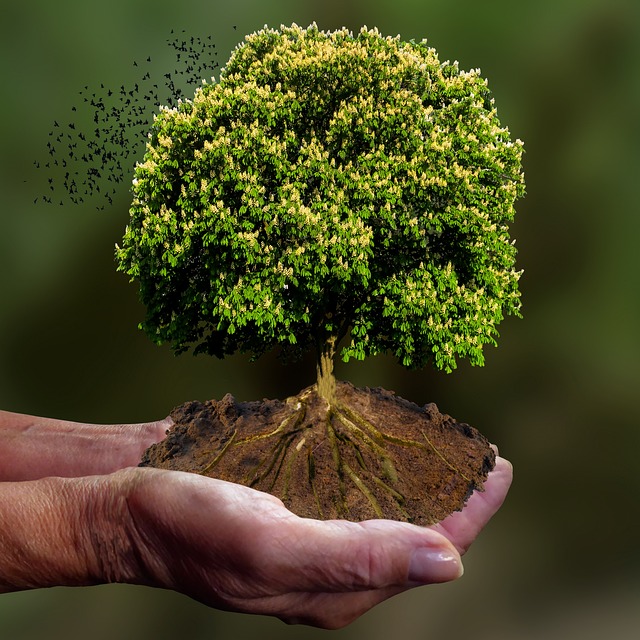Collecting rainwater through low-flow fixtures like rain barrels and drip irrigation systems conserves water resources, reduces consumption, aids drought management, and promotes a healthier ecosystem. These fixtures are easy to install and ensure efficient watering for gardens while using sustainable practices.
Collecting rainwater for your garden is a sustainable and cost-effective solution, offering numerous environmental and financial benefits. This article guides you through the process, from understanding the basics of rainwater collection to selecting and installing efficient low-flow fixtures suitable for your space. We’ll explore effective storage methods and distribution techniques, empowering you to harness nature’s gift efficiently and create a thriving garden ecosystem.
- Understanding Rainwater Collection for Gardens
- Selecting and Installing Low-Flow Fixtures
- Effective Storage and Distribution Methods
Understanding Rainwater Collection for Gardens

Collecting rainwater for garden use is an eco-friendly and sustainable practice that has gained popularity among environmentally conscious gardeners. Understanding the basics of rainwater collection involves recognizing its numerous benefits, from reducing water consumption to enhancing overall ecosystem health. By harnessing this natural resource, homeowners can contribute to drought management and promote water conservation.
Rainwater harvesting systems typically include low-flow fixtures like rain barrels or tanks installed beneath downspouts. These fixtures capture and store rainwater for later use in irrigation, watering plants, or even cleaning. The use of low-flow fixtures ensures efficient water utilization without compromising the health of your garden. This simple yet powerful method allows you to take control of your water usage, ensuring a vibrant and thriving garden while preserving this precious resource for future generations.
Selecting and Installing Low-Flow Fixtures

When considering rainwater collection for your garden, selecting the right fixtures is key. Low-flow fixtures are an excellent choice to maximize water conservation and ensure a sustainable gardening practice. These fixtures are designed to reduce water usage without compromising functionality. Look for rain barrels, downspout diverters, or drip irrigation systems specifically marketed as low-flow to fit your collection needs.
Installation of these fixtures is relatively straightforward and can be done by most homeowners. The process typically involves connecting the fixture to your downspouts to capture rainwater effectively. By choosing low-flow options, you not only contribute to water conservation but also gain a more efficient watering system for your garden, ensuring your plants receive the exact amount of water they need.
Effective Storage and Distribution Methods

Effective storage and distribution methods are key to harnessing rainwater’s potential for garden use. Tanks and barrels are popular choices, offering various capacities to suit different needs. Choose materials like plastic or metal that withstand weather conditions and UV exposure. For a more eco-friendly approach, consider using underground storage systems, which blend seamlessly with the landscape.
Distributing collected water efficiently ensures plants receive a consistent supply. Low-flow fixtures, such as drip irrigation or soaker hoses, are ideal for this purpose. These systems deliver water directly to plant roots, minimizing evaporation and waste. By implementing these methods, you create a sustainable watering solution that benefits both your garden and the environment.
